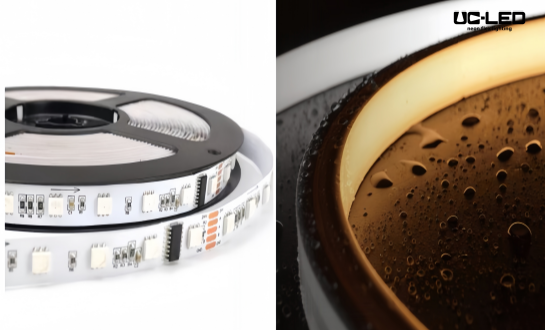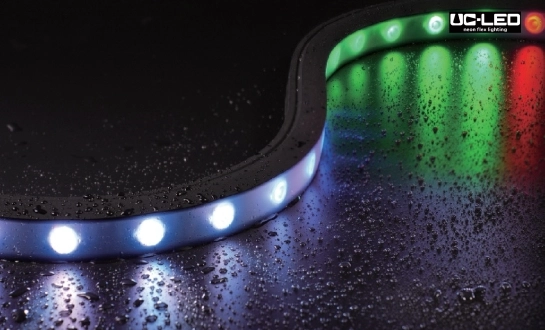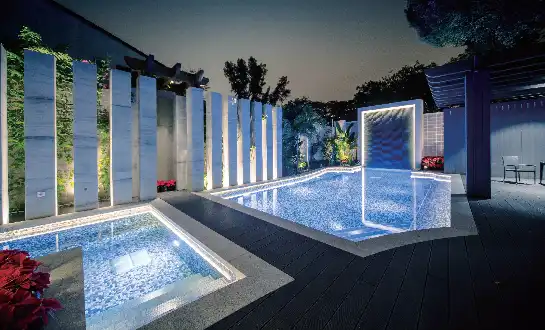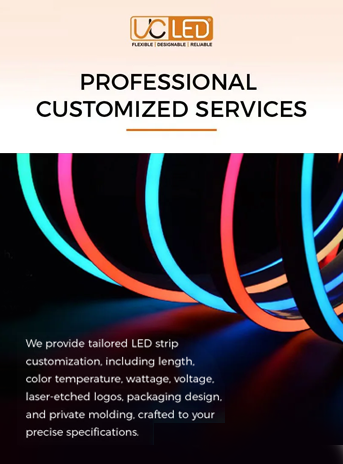Building Facade Lighting: Techniques & LED Solutions
Building facade lighting has emerged as a pivotal element in architectural illumination, transforming cityscapes and enhancing the aesthetic appeal of structures. This innovative approach to exterior lighting goes beyond mere functionality, creating captivating visual experiences that blend art with technology. By employing advanced LED solutions and creative lighting techniques, architects and designers can highlight a building's unique features, convey its character, and even tell stories through light. From subtle washes to dynamic color-changing displays, facade lighting offers a versatile palette for architectural expression, energy efficiency, and urban beautification.
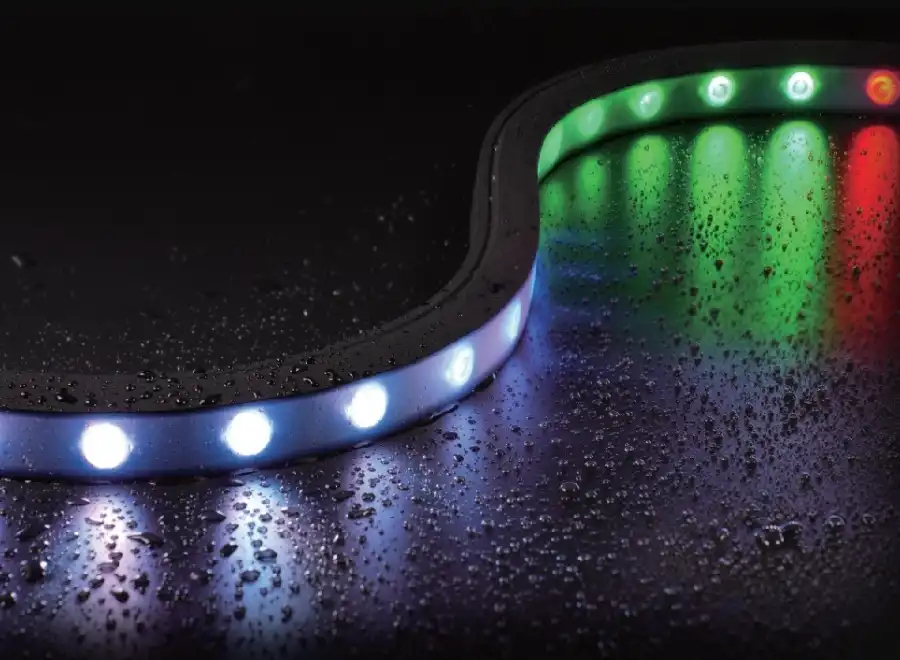
The Art and Science of Architectural Illumination
Understanding Facade Lighting Principles
Architectural illumination is a sophisticated blend of artistic vision and technical expertise. At its core, facade lighting aims to enhance a building's architectural features while creating a harmonious relationship with its surroundings. The principles of facade lighting revolve around balance, contrast, and rhythm. Lighting designers must consider the building's form, texture, and materials to determine how light will interact with these elements.
One crucial aspect of facade lighting is layering. This technique involves using different types of lights at various intensities to create depth and dimension. For instance, grazing lights can accentuate textured surfaces, while floodlights provide overall illumination. The interplay between light and shadow is equally important, as it can dramatically alter the perception of a building's form and scale.
Color Temperature and Its Impact
Color temperature plays a significant role in architectural illumination. Measured in Kelvin (K), it determines the warmth or coolness of light. Warm temperatures (2700K-3000K) create a cozy, inviting atmosphere, ideal for residential buildings or historic structures. Cooler temperatures (4000K-6500K) produce a crisp, modern look, often used in commercial and contemporary architectural designs.
The choice of color temperature can significantly influence the mood and perception of a building. For example, a cool white light might emphasize the sleek lines of a modern glass facade, while a warm glow could enhance the rustic charm of a stone building. Some advanced LED systems allow for dynamic color temperature adjustments, enabling buildings to adapt their appearance throughout the day or for special events.
Innovative LED Solutions for Facade Lighting
Flexible LED Wall Washers: Versatility in Design
Flexible LED wall washers have revolutionized facade lighting, offering unparalleled versatility in design. These innovative lighting solutions can conform to curved surfaces and irregular shapes, providing uniform illumination across diverse architectural elements. With their ability to bend and twist, flexible LED wall washers open up new possibilities for creative lighting designs that were previously challenging to achieve with traditional rigid fixtures.
The adaptability of flexible LED wall washers extends beyond their physical form. Many models offer customizable color temperatures ranging from 2700K to 6500K, allowing designers to fine-tune the ambiance of a building facade. Additionally, RGB and RGBW options provide the ability to create dynamic color-changing effects, transforming building facades into vibrant canvases for light art installations or thematic displays.
Energy Efficiency and Sustainability
LED technology has significantly improved the energy efficiency of architectural illumination. Modern LED facade lighting solutions consume substantially less power compared to traditional lighting systems while delivering superior brightness and color quality. This reduction in energy consumption not only lowers operational costs but also aligns with global sustainability goals by reducing carbon footprints.
Furthermore, the long lifespan of LED fixtures, often rated for up to 50,000 hours of operation, minimizes maintenance requirements and replacement frequency. This durability is particularly beneficial for facade lighting installations, which are often in hard-to-reach areas. The combination of energy efficiency and longevity makes LED solutions a cost-effective and environmentally responsible choice for building facade illumination.
Advanced Techniques in Facade Lighting Design
Dynamic Lighting and Interactive Facades
The integration of dynamic lighting systems has ushered in a new era of interactive facade designs. These systems allow buildings to change their appearance in real-time, responding to various factors such as time of day, weather conditions, or even social media interactions. By incorporating sensors and advanced control systems, facades can become living canvases that reflect the pulse of their environment.
Interactive facades take this concept further by allowing direct public engagement. Through smartphone apps or on-site interfaces, passersby can influence the lighting display, creating a participatory experience that blurs the lines between architecture and public art. This level of interactivity not only enhances the visual appeal of buildings but also fosters a sense of community connection and engagement with the built environment.
Projection Mapping and Media Facades
Facade contour lighting naturally integrates projection mapping, a powerful tool in architectural illumination. This technique enables designers to craft immersive visual experiences on building facades by using high-powered projectors. These projectors precisely map images or videos onto architectural surfaces, transforming them into dynamic displays. The results can range from realistic trompe l'oeil effects to abstract artistic expressions, offering a visually stunning and engaging experience.
Media facades take this concept a step further by integrating LED screens or specialized lighting systems directly into the building's structure. These facades can display a wide range of content, from artistic installations to advertising, effectively turning buildings into giant urban screens. The challenge lies in balancing the visual impact of these displays with the architectural integrity of the building and the surrounding urban context.
Sustainable and Dark Sky-Friendly Approaches
As the awareness of light pollution grows, architectural illumination designers are increasingly adopting dark sky-friendly approaches. These techniques focus on minimizing light spill and upward light emission, which can disrupt nocturnal ecosystems and obscure views of the night sky. Precision lighting fixtures, careful aiming, and the use of shields or baffles are some of the methods employed to achieve this goal.
Sustainable facade lighting also involves consideration of the building's overall energy strategy. Integration with daylight harvesting systems, use of occupancy sensors, and implementation of scheduled dimming can significantly reduce energy consumption. Some innovative projects are even exploring the use of solar-powered LED systems, creating self-sustaining facade lighting solutions that operate off-grid.
Conclusion
Building facade lighting has evolved into a sophisticated field that combines artistry, technology, and sustainability. Through the application of innovative LED solutions and advanced lighting techniques, architects and designers can create stunning visual displays that enhance the urban landscape while minimizing environmental impact. As technology continues to advance, we can expect even more exciting developments in architectural illumination, pushing the boundaries of what's possible in facade lighting design.
For those interested in exploring cutting-edge LED solutions for building facade lighting, QUAN HE Lighting Co., Ltd. offers a range of flexible LED wall washers and customizable lighting options. To learn more about how these innovative products can elevate your architectural lighting projects, please contact Linda@uc-led.com for expert advice and tailored solutions.
References
1. Smith, J. (2022). "The Evolution of Architectural Lighting: From Functional to Phenomenal." Architectural Digest, 45(3), 78-85.
2. Chen, L., & Wang, H. (2021). "Energy-Efficient LED Solutions for Building Facade Illumination." Journal of Sustainable Architecture and Urban Design, 16(2), 210-225.
3. Müller, A. (2023). "Interactive Facades: The Future of Urban Lighting Design." Urban Technology Review, 8(1), 42-57.
4. Patel, R., & Johnson, K. (2022). "Dark Sky-Compliant Facade Lighting: Balancing Aesthetics and Environmental Concerns." Lighting Research & Technology, 54(4), 389-405.
5. Zhang, Y. (2021). "Projection Mapping and Media Facades: Transforming Architecture into Digital Canvases." Digital Arts & Design Quarterly, 12(3), 155-170.
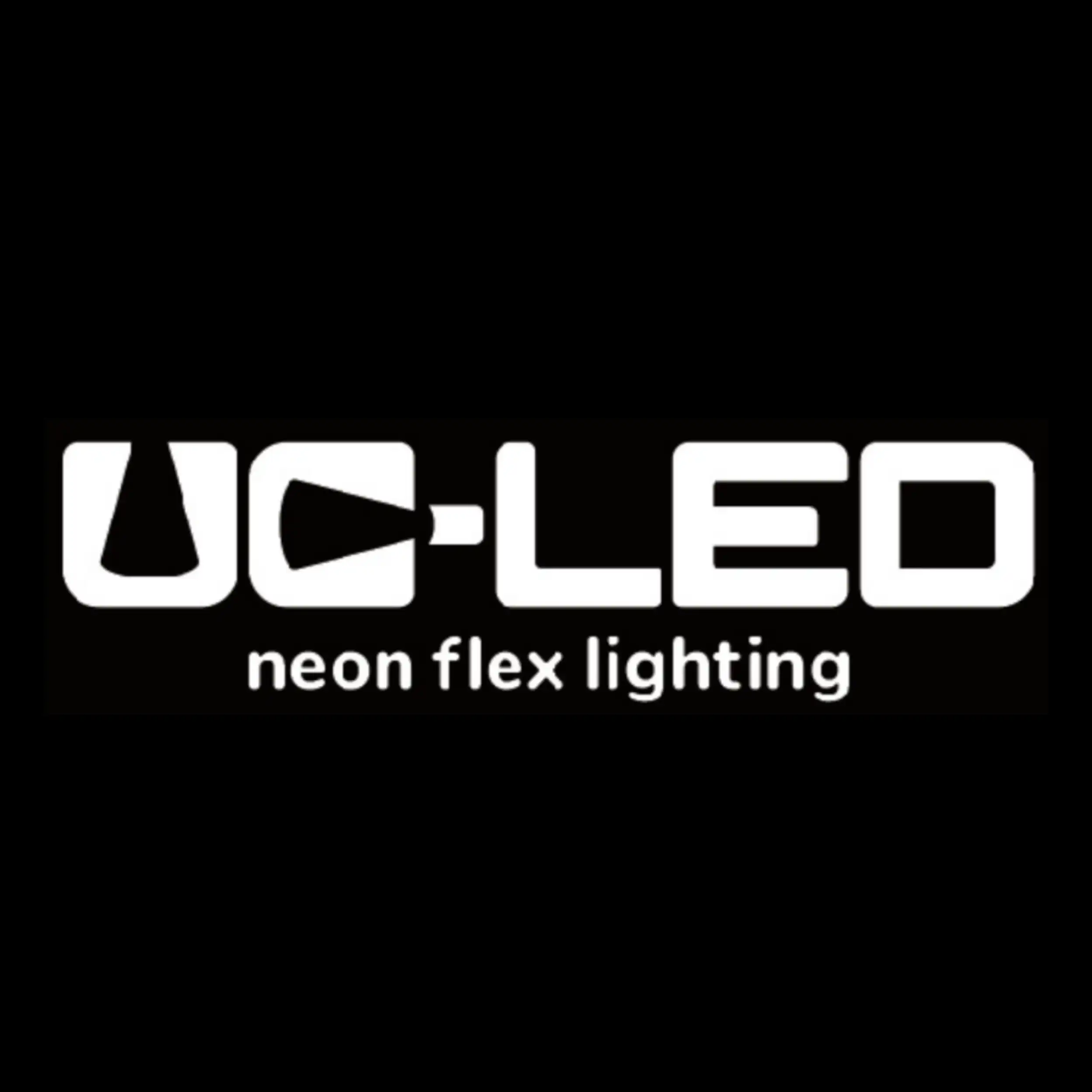
Looking for high-quality LED flexible strips? Click for a free quote in 24 hours!
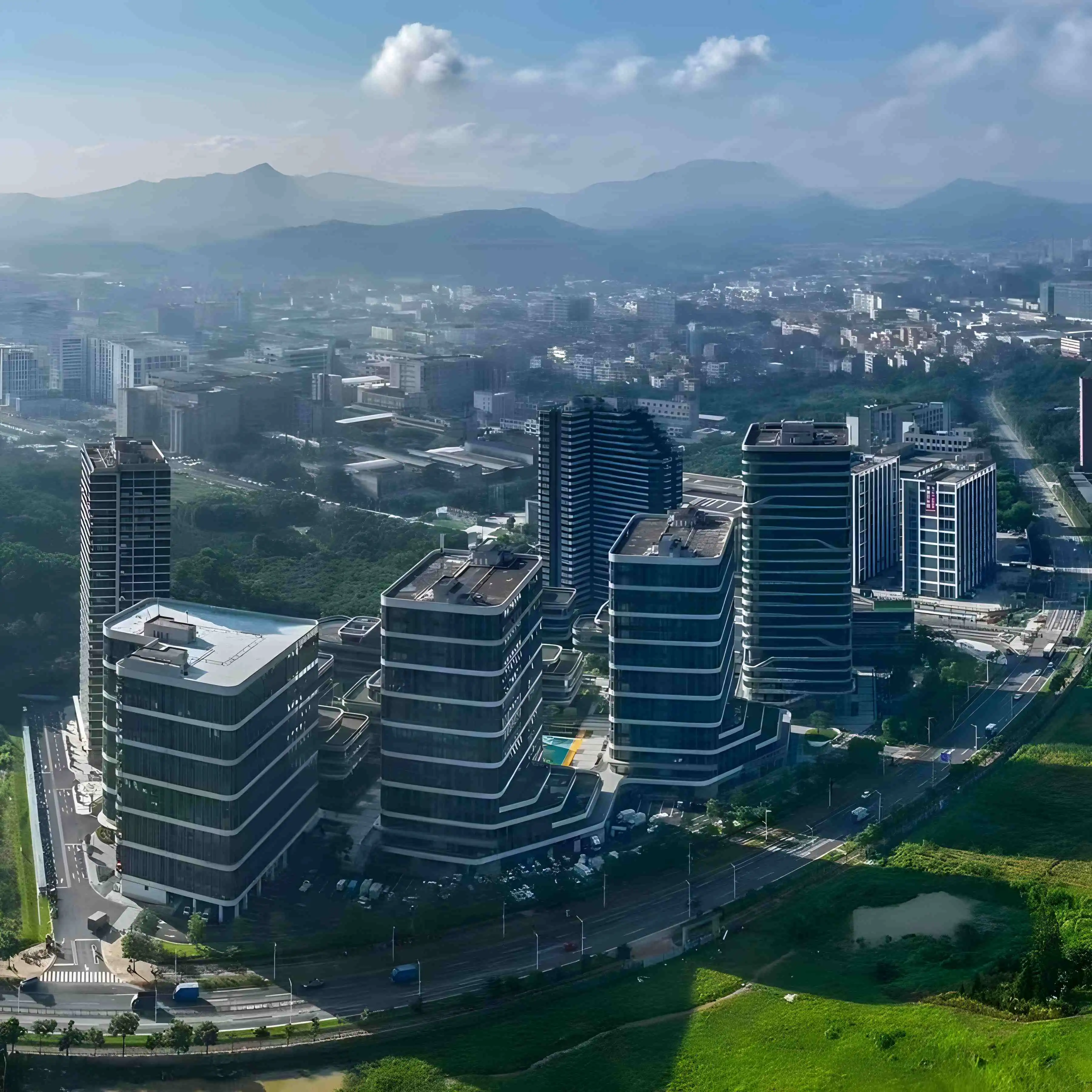
LED Neon Flex Strip Factory - Leading Professional Flexible LED Strip Manufacturer from China
